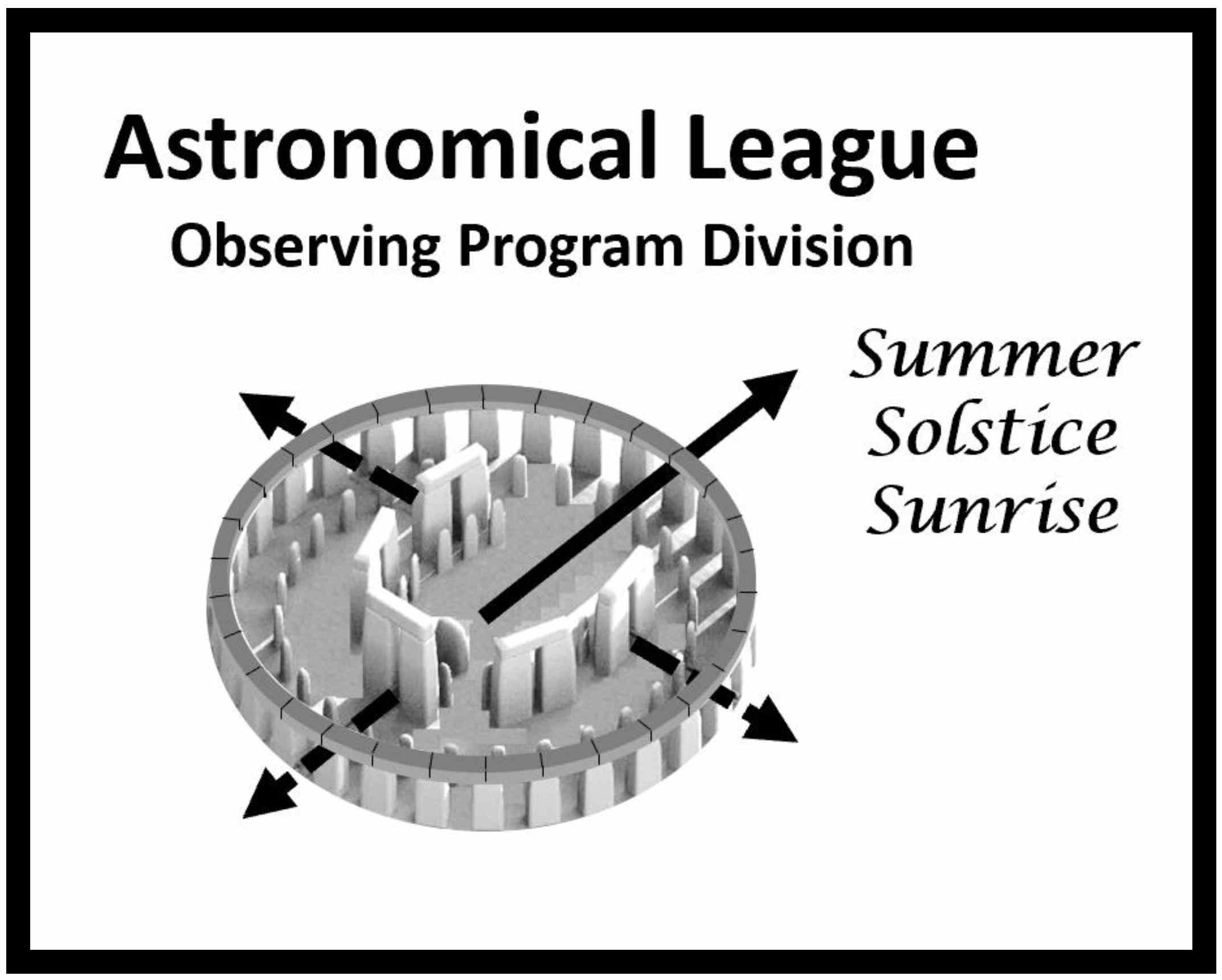Solar Eclipse Observing Challenge CoordinatorBrad Young |
 |
Introduction
Welcome to the Astronomical League’s Solar Eclipse Observing Program. Completion requires tasks to be performed that will enhance your observing skills and add scientific value to your viewing experience during a solar eclipse.
There are currently no active Solar Eclipse Observing Challenges.
Previous Eclipse Challenges
- 2017 Total Solar Eclipse (deadline for submission: September 30, 2017)
- 2023 Annular Solar Eclipse (deadline for submission: May 30, 2024)
- 2024 Total Solar Eclipse (deadline for submission: October 31, 2024)
For details on the requirements for prior awards, click here.



